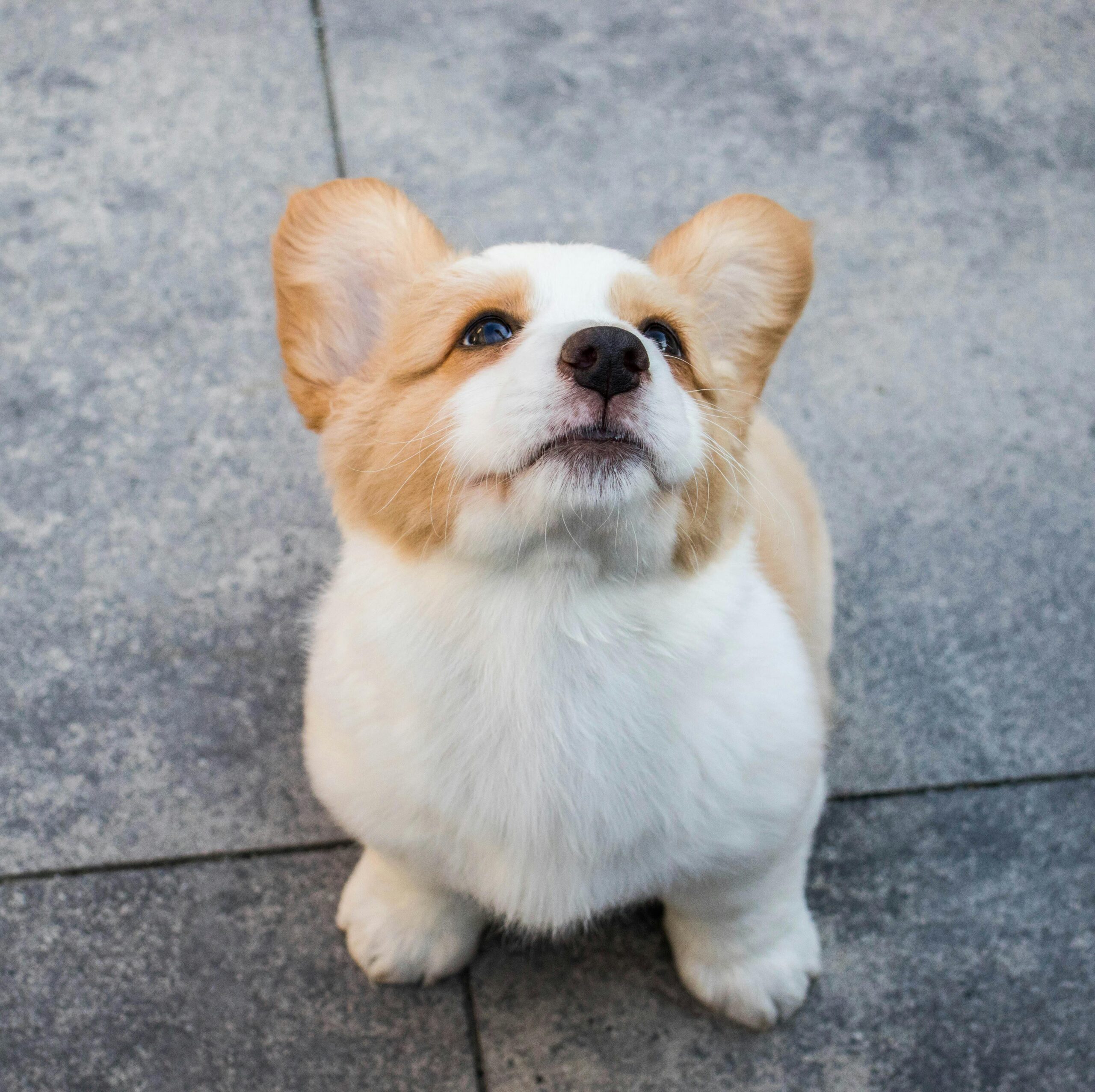
Introduction
Also referred to as the Mexican Hairless Dog (recommended display-low consumption-QUEENT-lee) or really the Xolo, the Mexican Hairless Dog is a breed steeped in information, lifestyle and thriller. Worshiped for hundreds of years by the ancient peoples of Mexico, the Mexican Hairless Dog is one of the oldest and most accurate dog breeds in the world. This article delves into the rich history, cultural significance, body traits, temperament, health aspects, and modern revival of the Mexican Hairless Dog. Whether you are a potential dog owner, a record buff or someone interested in specific breeds, the Mexican Hairless Dog offers a fascinating journey through time and a way of life.
Historical background of the Mexican Hairless Dog
Origin and ancient roots
The Mexican Hairless Dog is believed to have existed for more than three thousand years, dating back to the pre-Columbian era. Archeological findings indicate that this breed originated quite seemingly through the use of historical civilizations, including the Aztecs, Mayans and Toltecs. The Mexican Hairless Dog no longer became the easiest pet; it was considered a sacred animal. These dogs were regularly buried next to their owners to guide them into the afterlife and serve as religious guides and protectors. The name is Mexican Hairless Dog, derived from the Nahuatl words “Xolotl,” the Aztec god of hearth and lightning, and “itzcuintli,” meaning dog. The Xolo came to be believed to have regenerative powers and its warm body was used as an herbal remedy for several ailments.
Cultural Significance in Ancient Mexico
The Mexican Hairless Dog had an amazing region within the non-secular and cultural practices of historic Mexico. They were often depicted in artwork, ceramics and sculptures, symbolizing loyalty, security and leadership. In addition, the Xolo is associated with the god Xolotl, who was believed to have created the breed. These puppies were supposed to protect their owners from evil spirits and were often sacrificed in rituals. The meaning of Mexican Hairless Dog extended past spiritual practices; they were widely used as search dogs, watchdogs and, at the same time, as a food supply in times of scarcity.
Near extinction and revival
The arrival of European colonizers in the 16th century marked a period of decline for the Mexican Hairless Dog. The breed came to be seen as less than a useful resource to the Europeans, and many Xolos were killed or left to fend for themselves. However, the breed was able to continue to exist in some remote areas of Mexico, where indigenous corporations persisted in catching up and protecting them. In the 20th century, efforts to restore the Mexican Hairless Dog began, and the breed grew. It was formally diagnosed by the International Cynological Federation (FCI) in 1956. Today, the Mexican Hairless Dog is experiencing a resurgence in popularity among everyone in Mexico and around the world.
Physical properties
Size and Variants
Mexican Hairless Dog is available for three durations: toy, miniature, and standard. A Xolo toy is approximately 10 to 14 inches (25 to 35 cm) tall and weighs 10 to fifteen kilograms (5 to 6 kg). The miniature Xolo is 14 to 18 inches (35 to 45 cm) tall and weighs 15 to 30 pounds (6.8 to 14 kg). The standard Xolo is the most important; it is said to be 18 to 23 inches (45 to 58 cm) and weigh 30 to 55 kg (14 to 20 to 5 kg). Despite the dimensional versions, all Xolos share the same type of abilities that make them easily recognizable.
Fur and skin
The maximum location of the Mexican Hairless Dog trait is its hairlessness, which is the result of a genetic mutation. The pores and skin of this breed are easy, hard, and regularly defined as warm skin, primarily based on Pores and coats are available in many colors, including black, grey, bronze, red, and fawn, with a few puppies having spotted or mottled patterns. While hairlessness is the most common feature, the Mexican Hairless Dog form can also be included here, which has a short and light coat. The hairless range requires precise skin care as their exposed pores and skin are at risk of burning, drying, and inflammation. Regular use of dog-safe sunscreens and moisturizers is vital to maintaining healthy pores and skin.
Unique features
In addition to being hairless, Xolos have other specific physical features, including massive bat-like ears that stand upright, giving them a watchful and alert appearance. Their eyes are almond-shaped and, in rare cases, can be brown, yellow, or even blue. Xolos have a long neck, a lean and muscular body, and are again barely arched. Their tail is long and slender, regularly carried low or in a slight curve. Despite their sleek appearance, Xolos are particularly robust and agile, making them exceptional athletes.
Temperament and behavior
Intelligence and trainability
Mexican Hairless Dog is an idea that is based on intelligence and problem-solving abilities. These dogs are quick learners and respond well to remarkable reinforcement training strategies. However, their intelligence can cause them to become disinterested and rude from time to time, so consistent training and clear barriers are essential. Xolos thrive on intellectual stimulation and enjoy responsibilities that challenge their minds, including puzzle toys, agility classes, and obedience training. Early socialization is vital to turning Xolos into versatile dogs, as they can be wary of strangers and unexpected conditions.
Affection and Loyalty
Xolos are deeply affectionate and form strong bonds with their families. They are known for their loyalty and shadowy nature, regularly transforming in association with one particular figure in their own family. This breed is commonly called the “velcro dog” due to the fact that they like to stay close to their owners and often follow them from room to room. Xolos are sensitive to their owner’s emotions and are considered comfort and companionship. Despite their aloofness toward strangers, Xolos are gentle and loving with their families, making them excellent companions.
Energy levels and exercise needs
Mexican Hairless Dogs energy phases can vary depending on their length. Toy and miniature types are usually much less active and require moderate exercise along with daily walks and play. Again, the standard Xolo has a higher energy level and the blessing of extra lively exercise, which consists of walking, trekking or parts of dog sports such as agility or obedience trials.
Regardless of the duration, all Xolos enjoy spending time outside, exploring their environment and engaging in interactive play with their owners. Mental stimulation is really just as important to Xolos as physical exercise, so incorporating video games and activities that challenge their minds is essential to their well-being.
Socialization and compatibility with other pets
Xolos are apparently reserved and may be wary of spherical aliens and new situations. Early socialization is important to help them develop confidence and flexibility. By introducing them to certain people, environments and other animals from an early age, you help them develop into well-adjusted adults. Xolos can get along well with individual pets, especially if they are kept together, but they will have a strong prey drive, especially closer to small animals such as rodents or birds. It is important to oversee interactions between Xolos and unique pets to ensure harmonious relationships.
Health and care
Common health problems
The Mexican Hairless Dog is a normally healthy breed with a lifespan of 12 to 15 years. However, like any breed, they will be prone to certain fitness situations. One of the most common problems is dental problems, especially in the hairless area, which may also have missing or misshapen teeth. Regular dental care, along with brushing and professional cleaning, is important for maintaining oral health.
In addition, Xolos can be prone to pores and skin problems that include dryness, pimples and sunburn, so proper skin care is vital. Other capacity problems include hip dysplasia, patellar luxation, and autoimmune thyroiditis. Regular veterinary checkups and a healthy weight loss plan are key to keeping Xolos in top health.
Diet and nutrition
A balanced weight loss program is essential to keep your Mexican Hairless Dog fit and energetic. A high-quality dog food that meets their dietary needs along with protein, fat, nutrients and minerals is usually recommended. The amount of food should be adjusted according to the dog’s length, age, activity level and metabolism.
Feeding Xolos a measured amount twice in the afternoon is good for avoiding overeating and weight problems. Freshwater wants to be available all the time. Additionally, because of their sensitive pores and skin, some Xolos may gain from a food plan that includes nutritional supplements such as omega-three fatty acids that sell pores and skin health.
Skin care and skin care
Caring for the Mexican Hairless Dog is remarkably low maintenance, especially for the hairless variety that no longer requires regular brushing. However, their pores and skin require special attention. Regular baths with an mld, hypoallergenic shampoo are essential to keep their pores and skin clean and irritation-free. Moisturizing their pores and skin with dog-stable milk will help you save dryness and flaking. For the lined varieties, brushing once or twice a week is enough to maintain a short coat in real life. Both types need protection from the sun, so using sunscreen on exposed areas is vital when outdoors.
Exercise and mental stimulation
As mentioned earlier, Xolos requires normal physical and mental exercise to live a healthy and happy life. Providing plenty of activities that include daily walks and playing interactive video games is essential for their normal well-being. For Standard Xolos, more rigorous activities such as walking, hiking or participating in dog sports are encouraged to achieve better strength levels.
Additionally, mental stimulation is critical and can be done through toys, training, and sports to improve their problem-solving skills. Xolos are sensible pups who will take advantage of the latest guidance and advice, so incorporating education into their daily routine can be fun and rewarding.
Environmental aspects
Due to their hairlessness, Mexican Hairless Dog are particularly sensitive to harsh climatic conditions. They are prone to sunburn in warm climates, so it is essential to limit their exposure to direct sunlight and use sunscreens that protect their skin. On the other hand, in cold climates, Xolos can catch cold easily, so it is important to provide them with a sweater or coat for outdoor sports. Despite their sensitivity, Xolos are adaptable dogs that can thrive in a variety of environments if their unique desires are met. They are exceptionally well-suited indoors where the temperature can be regulated, but they also like to spend time outdoors, especially in mild weather.
Mexican Hairless Dog in Modern Times
Revival of the breed
In recent years, the Mexican Hairless Dog has seen a visible resurgence in reputation, both in Mexico and around the world. This can be attributed to the breed’s specific appearance, rich records and the developing interest in historic and unusual dog breeds. The Xolo has gained popularity at dog shows, and many breeders and enthusiasts are dedicated to preserving and promoting the breed. The Mexican Hairless Dog was transformed into the subsequently proclaimed national dog of Mexico, further cementing its cultural importance and status as a national treasure.
Xolo in pop culture and media
Mexican Hairless Dog has appeared in various media, which has similarly contributed to its modern recognition. Perhaps the most famous Xolo is Dante, the loyal sidekick in the 2017 Disney-Pixar live-action film “Coco.” Dante, an adorable and particularly goofy Xolo, shows great characterization in the film, bringing interest to the breed and its cultural significance. In addition, the breed has appeared in television designs and books. It has been a muse for artists, highlighting its unique characteristics and deep-rooted connection to the Mexican way of life.
Conclusion
The Mexican Hairless Dog, or Mexican Hairless Dog, is more than just a unique and historic breed; it is an image of Mexico’s rich history and cultural heritage. With its origins dating back hundreds of years, Xolo is a faithful companion, non-secular manual and protector of its human beings. Today, the Mexican Hairless Dog continues to captivate dog fanatics and historians alike with its distinctive looks, intelligent nature, and deep-rooted connection to Mexican culture.









